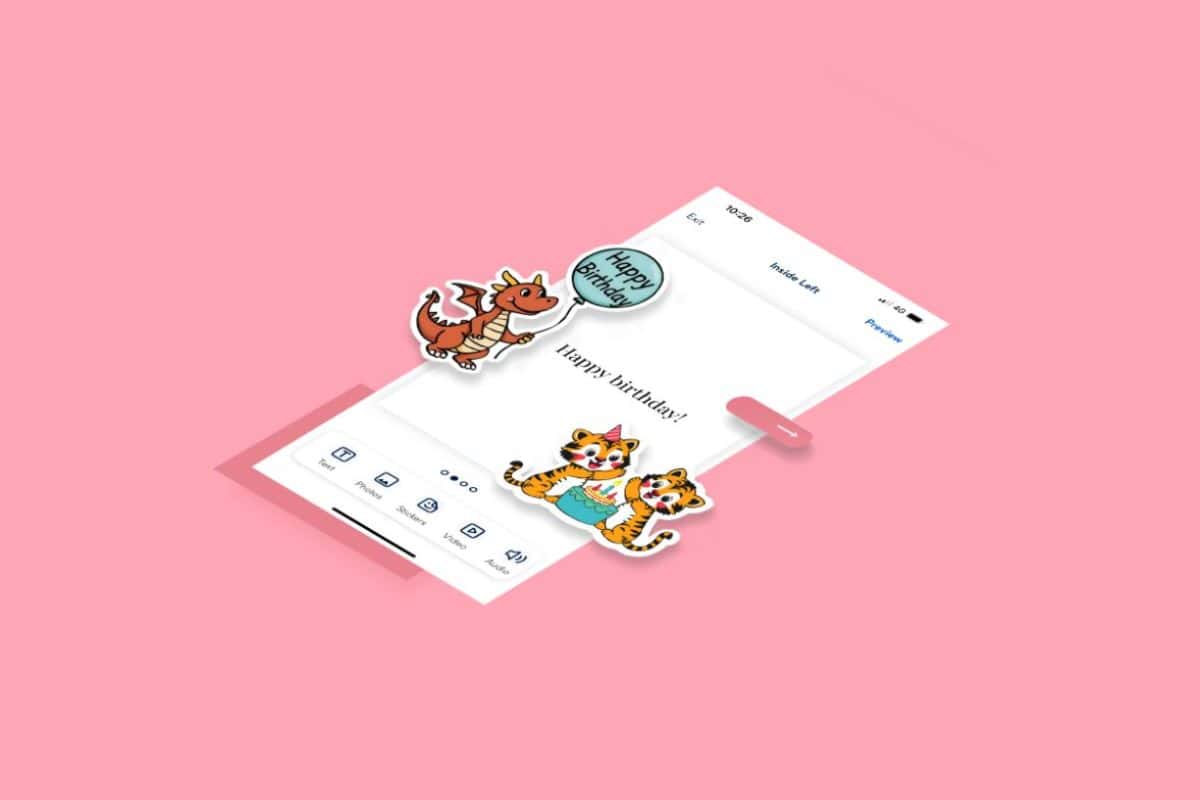Tablets – and the iPad in particular – are rapidly reshaping how e-commerce works and they are starting to drive consumer behavior. is driving retail innovation. Here Mark Inskip, UK managing director for Group FMG – which recently developed M&S’s tablet offerings – offers some advice on how to start to exploit t-commerce
Retail marketing is becoming more complex than ever: budgets remain tight, media options have fragmented, data now comes in terabytes and consumer touch points have exploded. The largest of these “explosions” is happening around mobile usage, particularly with tablets, and it’s the iPad that’s turning out to be the real game changer in the retail sector.
As a result, it’s not really any surprise to see that the groundswell in tablet-based purchases is rapdily eroding the share of sales made from traditional browsers. The latter saw its figures drop from 92.33% to 81.6% in one year as mobile devices like smartphones and tablets more than doubled their respective marketshare, according to US-based e-commerce solutions provider Monetate, in its Ecommerce Quarterly report for the third quarter of 2012. For the three-month period ending in September, tablets accounted for 8.37% of all website traffic, up from 3.16% in 2011, while smartphones jumped from 4.51% to 10.03% over the same period.
The survey also showed that for the third quarter, the iPad accounted for 88.94% of all website visits originating from tablets, followed by Android devices with 6.34% and the Kindle Fire with 4.71%. As for smartphones, the iPhone’s 60.85% led the 37.59% of traffic garnered by Android-based handsets. Windows Phone accounted for only 0.91% of all visits tallied by Monetate.
And the story in the UK is following a similar trajectory. In July 2012, Screen Pages research showed that 20.8% of visits to e-commerce site were coming from mobile devices, and of that 84.5% were from Apple devices. Within this, iPad usage increased to 54.9% from 46.4%, while iPhone usage dropped from 35.5% to 29.6%. Most interestingly though, iPad shoppers buy more; average conversion rates on iPads are 22.5% higher than on other platforms.
Amidst all the speculation about the impact that the explosion of mobile is having on e-commerce, what’s clear is that customers want a great tablet shopping experience, or they will go somewhere else. Apple’s iOS excels in this area, with mobile Safari being largely consistent with its desktop counterpart. Backing up that claim is mobile Safari’s massive share of the browser market, which in quarter three was bettered only by the desktop version of Chrome and the well-entrenched Internet Explorer. Apple’s Safari has grown from 7.50% of the market to 17.25% over the past year, while Microsoft’s Internet Explorer saw four straight quarters of decline and dropped from a 47.02% share to 35.95% in the three-month period ending in September.
Unsurprisingly, retailers are now recognising the importance of T-commerce, as tablet users are becoming some of the most valuable online shoppers. On average they spend 54% longer on site than smartphone users and purchase 20% more than desktop users (source: Adobe Holiday 2011 Study). iPads are used by 76.4% of tablet users, according to Emarketer in June 2012, but have a stronger foothold in households with higher income, so they account for a larger percentage of online purchases.
With this new consumer behaviour, printed magazines and catalogues have been given a new lease of life in digital format, frequently as apps. The larger screen size of tablets, compared to smartphones, and portability of the tablet means that valuable content can be repurposed and “commerce-enabled” to provide a quality shopping experience.
New innovations are also helping to improve the online tablet shopping experience and reduce the frustrations that used to plague early tablet usage. For example, shopping baskets now can be ‘contained’ within the app. This means that your customers don’t have to experience the confusing transfer from your app to your web page to shop, and back again. Instead they browse the catalogue and add products to the shopping basket in one click. Only when you have finished your app browsing do you check-out from your shopping basket at the website.
Indeed, a recent iPad app for Marks & Spencer produced by Group FMG, found that conversion was dramatically higher as a result of this built-in shopping capability.
The increased interactivity of the tablet is opening up some interesting new opportunities that are perfectly suited to the strengths of this device.
In October, US retailer Target launched the “first ever” shopable video called Falling for You, which showcased over 100 products, in a reality style series, that can be added to your shopping basket and shared with friends as you watch the video.
Although no results have yet been published, this interesting experimental blend of content, commerce and social interact seamlessly with the touch screen nature of the iPad.
Most importantly, this new advertising model reflects the usage patterns of today’s tablet consumers, which are biased more towards entertainment, shopping and social networking than traditional PC users.
The astonishing growth of the tablet has required a period of adjustment for marketers. Now that the tablet has hit the mainstream, urgent action is needed to better accommodate the needs and desires of the consumer. The brands that do this first will reap the greatest rewards.








